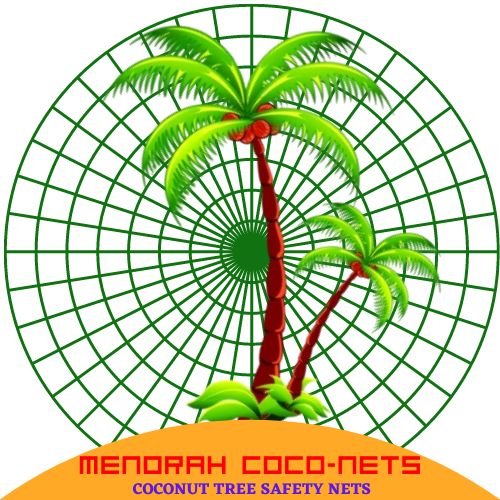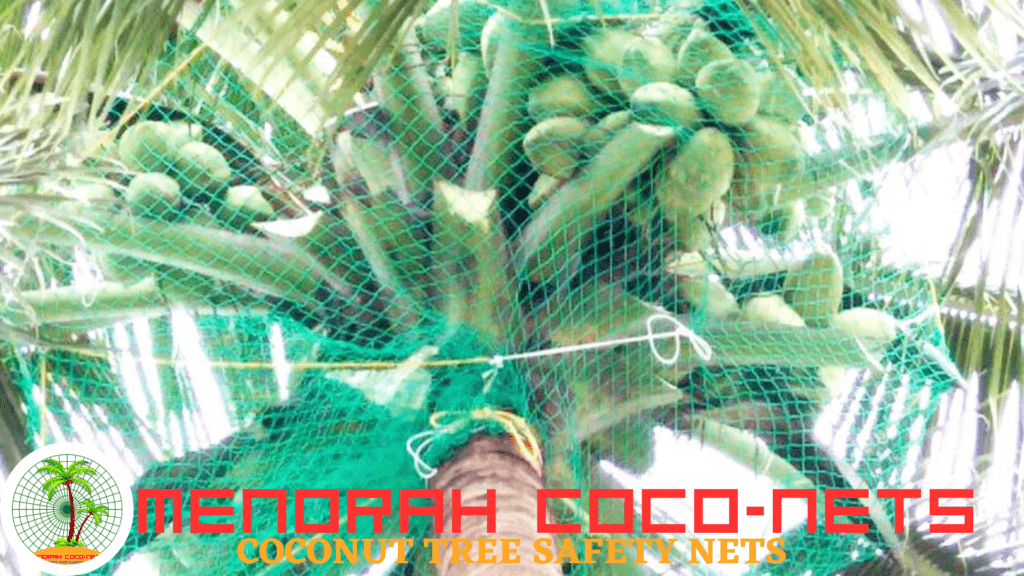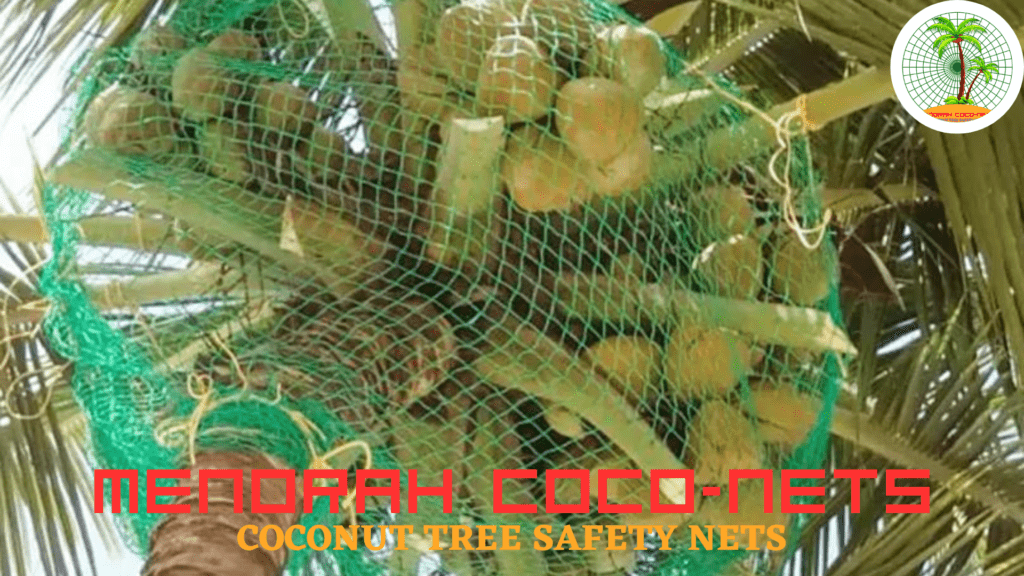
Coconut Tree Safety Nets are often used to prevent falling coconuts from causing harm to people or property below. Here are a few reasons why they are used:
Personal safety:
Coconut trees can grow quite tall, and their mature coconuts are large and heavy. A coconut falling from a significant height can cause serious injuries or even be fatal. Safety nets that are placed beneath the trees act as a protective barrier, thus reducing the risk of individuals being hit by falling coconuts.
Property protection:
Falling coconuts can also cause damage to the vehicles, buildings, or other structures located near coconut trees. Property owners can minimize the potential harm and expense associated with fallen coconuts by installing safety nets.
Liability concerns:
Property owners, especially those who have coconut trees in public areas or places frequented by visitors, may have legal obligations to ensure the safety of others. Safety nets demonstrate responsible action taken to prevent accidents, reducing the liability risks associated with falling coconuts.
Peace of mind:
Safety nets provide reassurance to people living or working near coconut trees. They can go about their daily activities without constantly worrying about the possibility of coconuts falling from above.
It’s important to note that not all coconut trees require safety net. People typically install them in areas with a higher risk of coconuts falling onto people or property, such as public parks, recreational areas, or heavily populated regions with numerous coconut trees.




Where to use Coconut Tree Safety Nets?
Various industries and situations that require fall protection rely on safety nets. Here are a few common instances where coconut tree safety nets find application:
- Construction sites:
In construction areas, workers deploy safety nets to protect themselves from falling from heights, such as scaffolding or elevated platforms. These nets are designed to absorb the impact of a fall and to prevent serious injuries or fatalities. - Sports and recreational facilities:
Operators frequently install safety nets in sports arenas, stadiums, and recreational facilities to prevent balls, equipment, or people from leaving the designated playing area. This helps ensure the safety of spectators, players, and surrounding property. - Industrial settings:
In industrial workplaces, safety nets serve as a secondary measure to protect workers from falls. Typically, workers install them in areas where there is a risk of falling from elevated platforms, walkways, or machinery. - Amusement parks:
Amusement parks utilize safety nets to provide an additional layer of protection on certain rides and attractions. These nets act as a safety backup to ensure the safety of park visitors in case of any unforeseen incidents. - Bridge and infrastructure maintenance:
During bridge repairs or maintenance projects, workers commonly use safety nets to catch any debris or equipment that may fall from the structure. This not only protects workers but also prevents damage to vehicles or pedestrians passing underneath. - Climbing and mountaineering:
Climbing gyms or mountaineering expeditions sometimes employ safety nets to provide an added level of safety in case of falls or equipment failure.
Remember, Climbing gyms or mountaineering expeditions sometimes employ safety nets to provide an added level of safety in case of falls or equipment failure.
-> -> -> Click to order “Coconut Tree Safety Net” from the Best Service Provider in Bangalore at affordable price.

